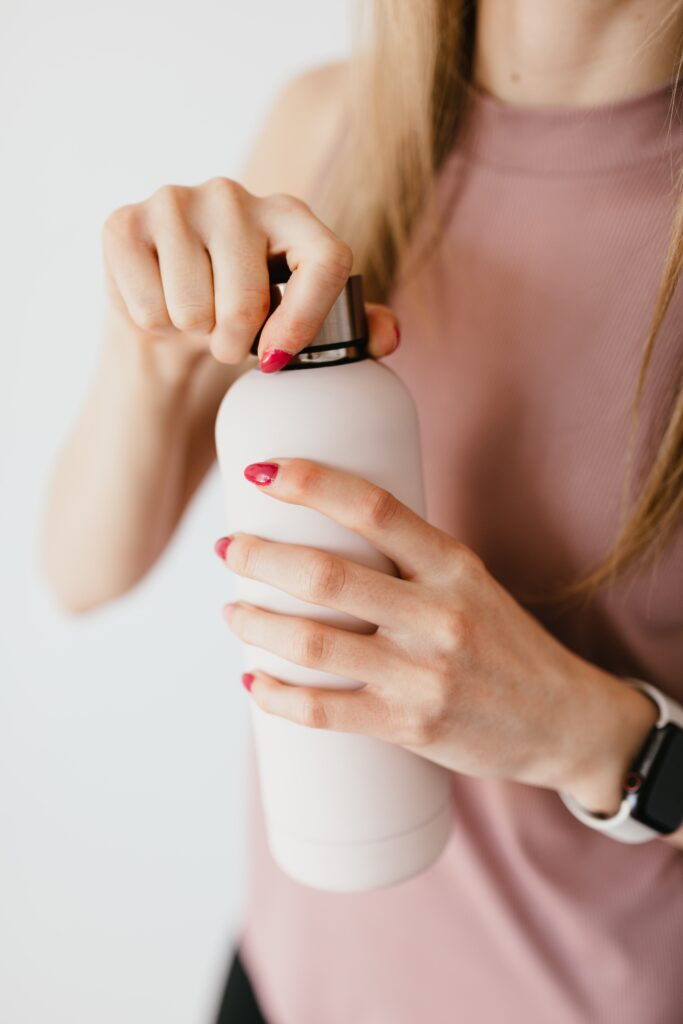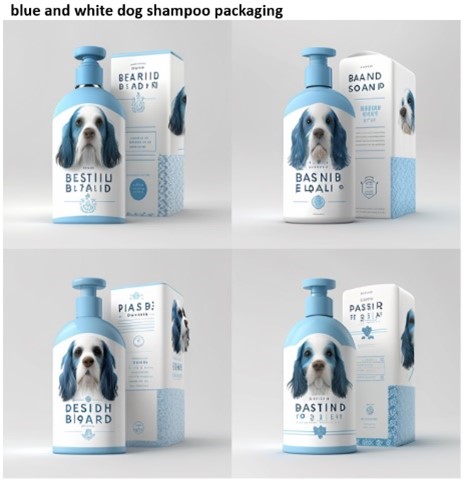The power of TikTok as a social media platform has become undeniable, especially when it comes to influencing consumer behavior. From viral food trends to fashion sensations, TikTok has the ability to catapult a product or idea into the mainstream within a matter of days. This unprecedented influence has not gone unnoticed by businesses, particularly in the realm of package and product design. In this blog post, we will explore how TikTok has disrupted traditional approaches to research, development, and manufacturing, and examine the risks and rewards for brands venturing into this fast-paced world.
Chipotle, the popular Mexican fast-casual chain, found itself at the mercy of TikTok’s power when a food influencer created a new twist on their quesadilla. This off-menu “hack” quickly gained traction, leading to a surge in custom orders. However, the item’s unconventional mix of ingredients and increased preparation time caused complications for the restaurant. Some employees even refused to make the off-menu item, resulting in negative reviews from frustrated customers. In the face of this dilemma, Chipotle made the strategic decision to embrace the TikTok trend and officially added the Keithadilla to its menu. By doing so, Chipotle aimed to stay culturally relevant and cater to the desires of its customer base.
TikTok has become an essential consideration for businesses operating in the consumer-facing market. With approximately five million businesses utilizing the platform, TikTok has proven its value as a marketing tool and a means of tracking consumer trends. However, its impact extends far beyond mere marketing. TikTok has disrupted traditional practices in research and development, challenging conventional wisdom regarding product cycles, testing, differentiation, and manufacturing.
Businesses now find themselves racing to mass-produce products or modify existing ones based on fleeting feedback that can quickly lose relevance.
Wall Street Article: “American Companies Held Hostage by the Whims of TikTok”
This gamble, driven by the desire to attract younger shoppers and keep up with competitors, requires companies to align their product decisions with TikTok trends. Even with potential bans on the horizon, businesses are willing to shape their strategies around TikTok, recognizing it as a powerful “billion-person focus group.”
TikTok’s influence reaches far beyond the food and fashion industries. A recent article in Wall Street Journal talks about Tarte Cosmetics, a beauty brand, and how it takes TikTok trends into account when developing new products.
Observing the popularity of color-shifting beauty products on the platform, Tarte created the Maracuja Juicy Lip and Cheek Shift. This product changes its hue based on the skin’s pH levels, a concept that necessitated late-night calls with Korean factories and an accelerated development timeline. While the chaotic process contradicted the typically lengthy development cycles for cosmetics, the Maracuja Juicy Lip and Cheek Shift became Tarte’s fastest-selling product, with three months of inventory selling out within four weeks.
However, not all attempts to ride the TikTok wave end in success. Tarte Cosmetics experienced failure when attempting to launch a body-glitter product inspired by TikTok’s interest in 2000s beauty looks. Despite finding a supplier capable of producing biodegradable glitter, aligning with current environmental concerns, the lead time proved too long. Timing is crucial in the TikTok realm, and being late to the trend renders efforts futile.
The challenges posed by TikTok collaborations are not limited to established brands. Even startups face difficulties in navigating the TikTok landscape. WYOS, a personal-care company that recently launched, provided its new moisturizer to TikTok influencers for their feedback. Unexpectedly, the influencers planned to demonstrate the moisturizer’s versatility by popping it into the freezer and using it as a face-massaging tool. However, WYOS had not designed the product to withstand freezing temperatures, which could potentially harm the skin. As a result, the company had to scrap the influencers.
Navigating the TikTok challenges for companies, particularly in the realm of package design and Generative AI for Packaging
Here are some key considerations to help companies effectively leverage TikTok while mitigating potential risks:
Monitor TikTok Trends: Stay updated on the latest TikTok trends and identify those relevant to your industry or product category. Regularly monitor popular TikTok videos and hashtags to gain insights into emerging packaging and product design preferences.
Agile Research and Development: Embrace agile methodologies in research and development to respond quickly to TikTok-driven trends. Adopt shorter development cycles, prioritize rapid prototyping, and leverage consumer feedback obtained through the platform to inform design iterations.

Collaborate with Influencers: Engage with TikTok influencers who align with your brand and product offering. Collaborate on content creation, including packaging unboxing, reviews, and demonstrations, to amplify your brand’s reach and leverage their influence to generate interest and drive sales.
Leverage User-Generated Content: Encourage TikTok users to create and share content featuring your product packaging. Launch creative challenges, hashtags, or contests to incentivize user-generated content creation. This approach increases brand visibility, fosters user engagement, and builds a sense of community around your product.
Embrace Limited Editions and Special Releases: Capitalize on the ephemeral nature of TikTok trends by introducing limited edition packaging or special releases aligned with viral sensations. This approach creates a sense of exclusivity and urgency, encouraging customers to engage with your brand and make timely purchases.
Adapt Packaging Designs: Pay attention to packaging aesthetics that resonate with TikTok users. Experiment with vibrant colors, unique textures, or bold typography to create visually striking packaging that catches attention on the platform. Tailor designs to align with popular TikTok aesthetics while staying true to your brand identity.
Engage in Authentic Storytelling: Use TikTok as a platform to tell your brand’s story and convey your packaging design philosophy. Share behind-the-scenes footage of the design process, highlight sustainability initiatives, or showcase the craftsmanship behind your packaging. Authentic storytelling helps build a deeper connection with TikTok users.
Responsiveness and Adaptability: Be prepared to adjust your packaging strategy based on the rapidly changing TikTok landscape. Stay nimble and responsive to emerging trends, user feedback, and market demands. Continuously evaluate the performance of your packaging designs and iterate as necessary to remain relevant and captivating to TikTok’s user base.
By embracing the dynamic nature of TikTok, understanding its influence on packaging design, and actively engaging with the platform’s trends and users, companies can effectively navigate the challenges and leverage the opportunities presented by TikTok for their packaging and product designs.


Leave a Reply